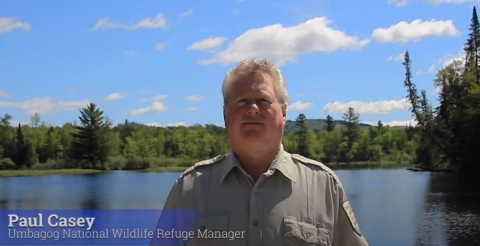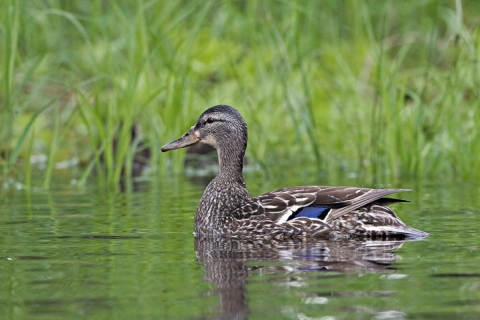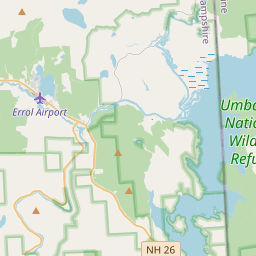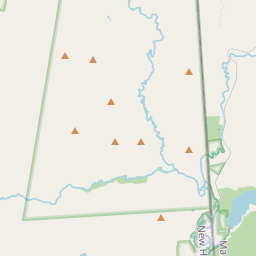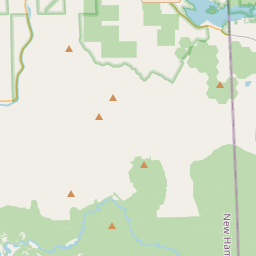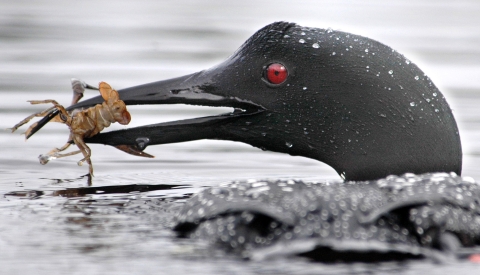Visit Us
Welcome to Umbagog!
Watch this video to learn more about the Refuge and our mission.
Increasing access for hunting and fishing
Refuge manager Paul Casey on what increasing access means for the refuge and visitors.
The majority of Refuge land surrounds Umbagog Lake and the Magalloway River. The best access to the refuge is by boat. Boats allow you to explore the marshes and waterways of the refuge.
The most popular activities on the refuge are fishing, hunting, wildlife observation, and hiking. Click the link below to learn more about the activities you can enjoy on the Refuge.
To learn more about reserving duck blinds click here:
Hunting and duck blind information
Location and Contact Information
- Umbagog National Wildlife RefugeView Details2756 Dam Road Errol, NH 03579
Our Organization
Our Species
The Umbagog area, unique in its habitats, provides home to many different species. Situated at the southern range of the boreal forests and the northern range of the deciduous forests, the Umbagog area is a transition zone providing homes to species of both habitat types. Exploring Umbagog will give you opportunities to view a variety of wildlife, including songbirds, waterfowl, moose, reptiles, and so much more. Please be respectful by viewing wildlife from a distance.
Common Loons
Common loons are listed as a threatened species in New Hampshire. You can help avoid disturbing nesting loons by keeping your distance from likely or known nest sites (marshy or boggy shores, river backwaters, small islands). A good rule of thumb is to try to stay at least 400 feet or more away from nest sites, or from any loons that are showing signs of 'distress' or disturbance.
Get Involved
Exciting opportunities exist at Umbagog National Wildlife Refuge. Come join the team of people dedicated to conserving this beautiful area.
